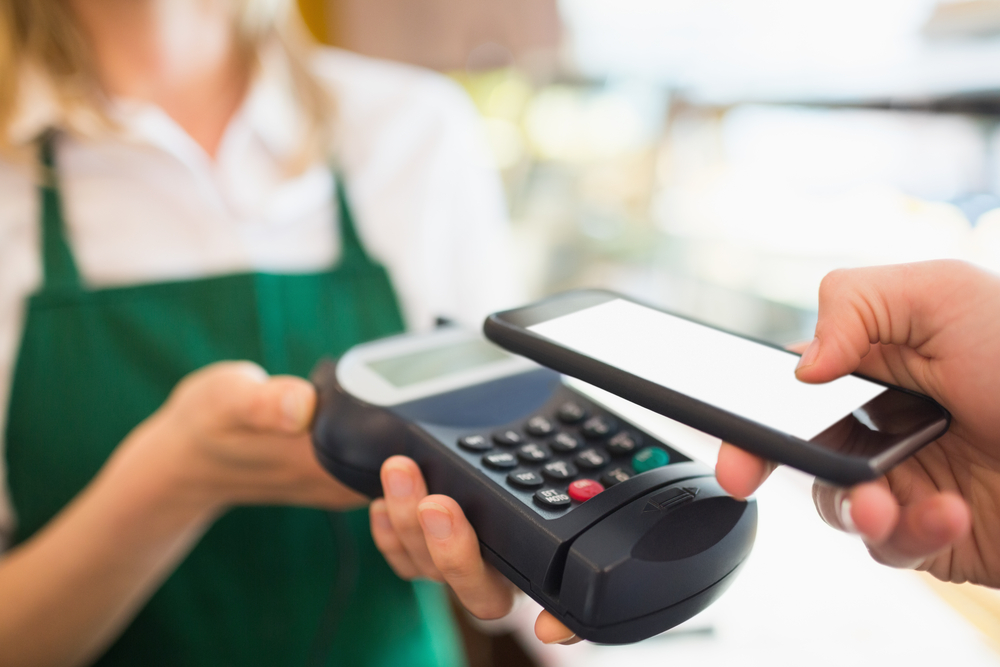What Every Merchant Should Know about Contactless Payments

Benjamin Grossman
Aug 12, 2021
2 min read
Contactless Payment Adoption Surges: What Do You Need to Know?
With just one tap of a credit card, key fob, or smart phone you can buy your groceries, a fancy dinner, or that stylish new shirt you've been eyeing. Its contactless payment, and its use jumped 30 percent last year fueled by convenience and interest in safety.
This form of payment is expected to continue its rapid growth, but As with any new technology, contactless payments are evolving and merchants need to stay up to date on the topic to better prepare and continue to offer customers the best options.
Contactless Payment Adoption Surges
Are contactless payments hitting their stride? Consumers seem to be in step. A survey from Mastercard revealed that eight in 10 people worldwide use them. Further, 74% of those polled said they would continue to do so. A behavior shift occurred around payments, and it’s unlikely to revert to pre-pandemic norms.
eMarketer also published a report on the uptick. In-store mobile payments usage grew 29% in 2020, and they predict that these will surpass 100 million in 2021.
Understanding these trends is critical to every merchant that wants to make the payment process as frictionless as possible. So, what do you need to know about accepting them?
How Do Merchants Accept Contactless Payments?
To accept this type of payment, merchants need an NFC (Near-Field Communications) POS system. Most newer platforms have this already and can handle multiple NFC payment platforms. For those with older systems, you can purchase a modular NFC reader to get up and going.
Embedded within this hardware is PCI (Payment Card Industry) compliant software to process the payments. You do, however, have to register your device with your payment provider.
How Secure Are Contactless Payments?
One concern merchants and buyers have is security. However, the industry considers them safer than magnetic stripe cards. The process of accepting a payment includes authentication and a single-use token to the payment terminal. The token has no card data. These protocols make it exceedingly difficult for hackers to steal information or for anyone to clone a card.
What Are the Benefits of Contactless Payments for Merchants?
In addition to a more secure way to process payments, you’ll find there are even more benefits:
- They are faster than traditional methods of card payments, which means quicker transactions and fewer lines.
- It’s convenient for all parties.
- It’s part of a frictionless checkout ecosystem. Most shoppers don’t require human intervention. They can checkout via self-service and use digital payments. It allows merchants to redistribute labor for in-store operations.
Should Merchants Consider a Digital-First Payment Strategy?
Retailers have long focused on leveraging technology in the purchasing journey. That same mindset can apply to the actual payment, as well.
Adopting a digital-first payment strategy can lead to opportunities, such as minimizing physical interactions, even for service-related purchases. For example, an automotive service center or spa can send customers a link to pay via text. They then can use their smartphone to finish the transaction.
That example made much sense during the height of the pandemic, but it applies to so many merchants beyond the health crisis. Whenever you make it easy for customers to do business with you, they’ll appreciate it and could remain loyal.
Evolving your payment acceptance infrastructure will be necessary to progress with consumer demands. However, many merchants struggle with this, as 20% say their current process inhibits their growth. That inhibition is attributable to consumers abandoning purchases because of difficulty in completing it.
You’ll need to determine if your infrastructure or payment processor is limiting your potential or facilitating it.
Be Ready for Contactless Payments
Contactless payments were a small portion before the pandemic. Now, consumers expect the option and trust it. Whether you accept them now or are working toward it, you’ll need adaptable and flexible solutions. If you have questions about payment processing or POS systems, contact our experts today.
